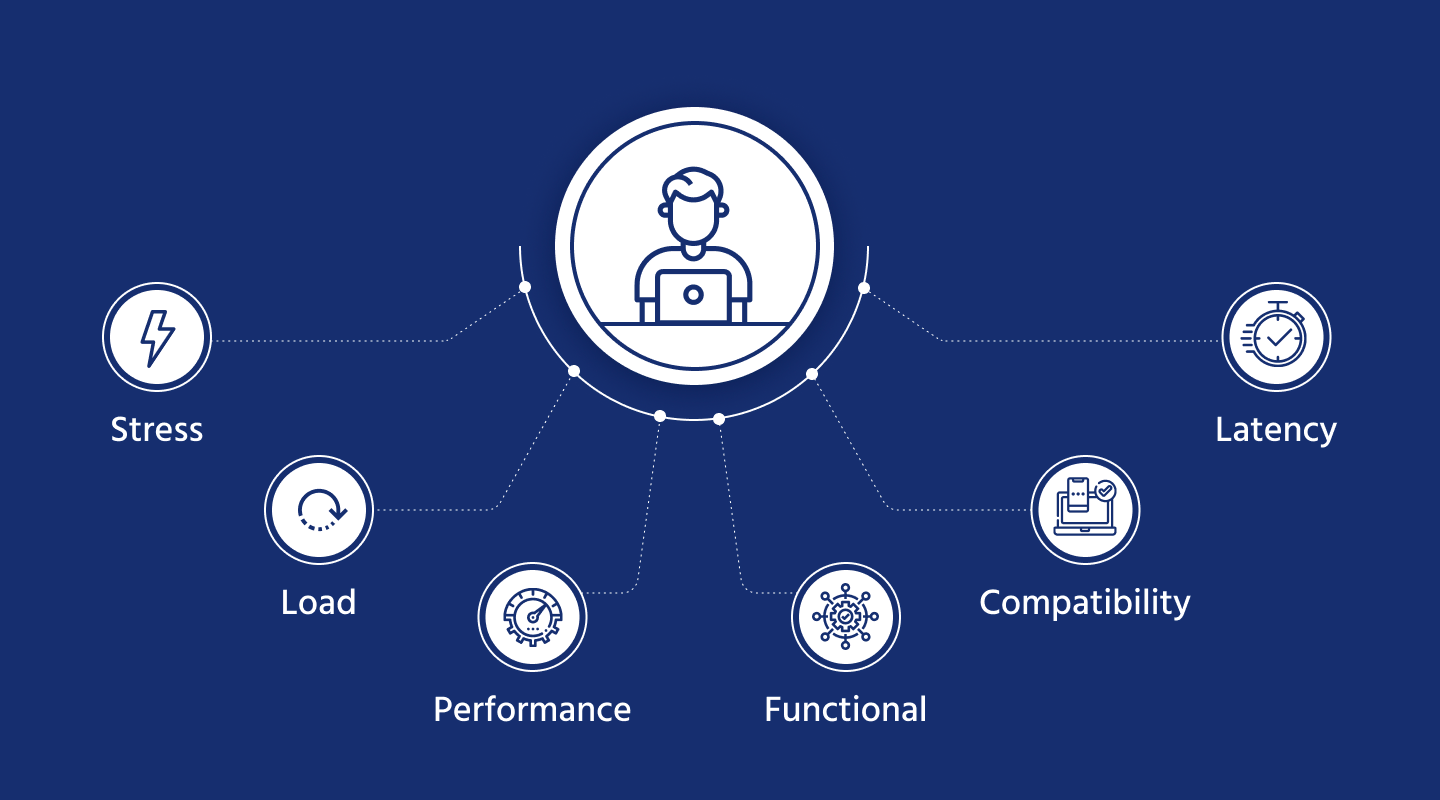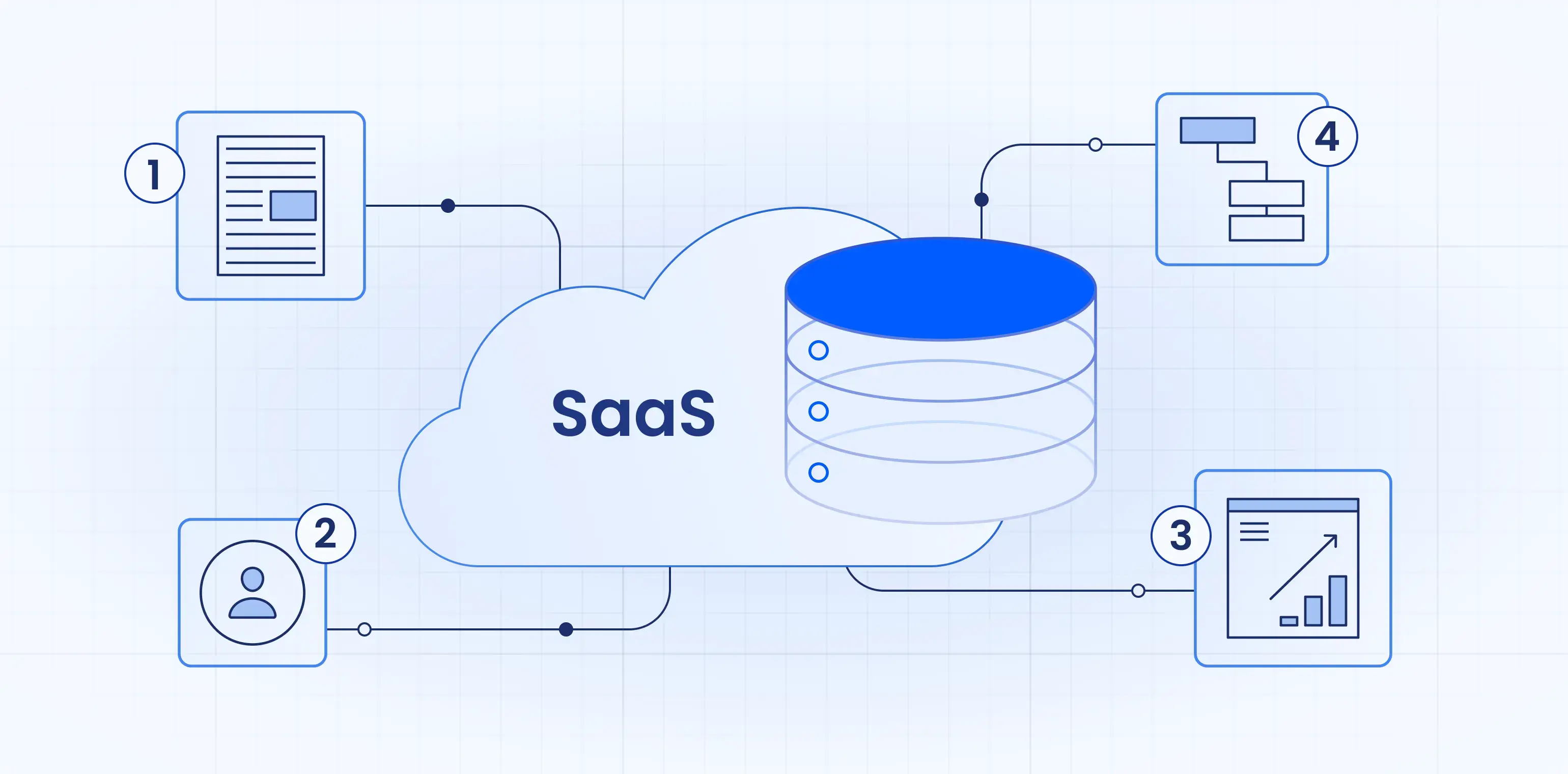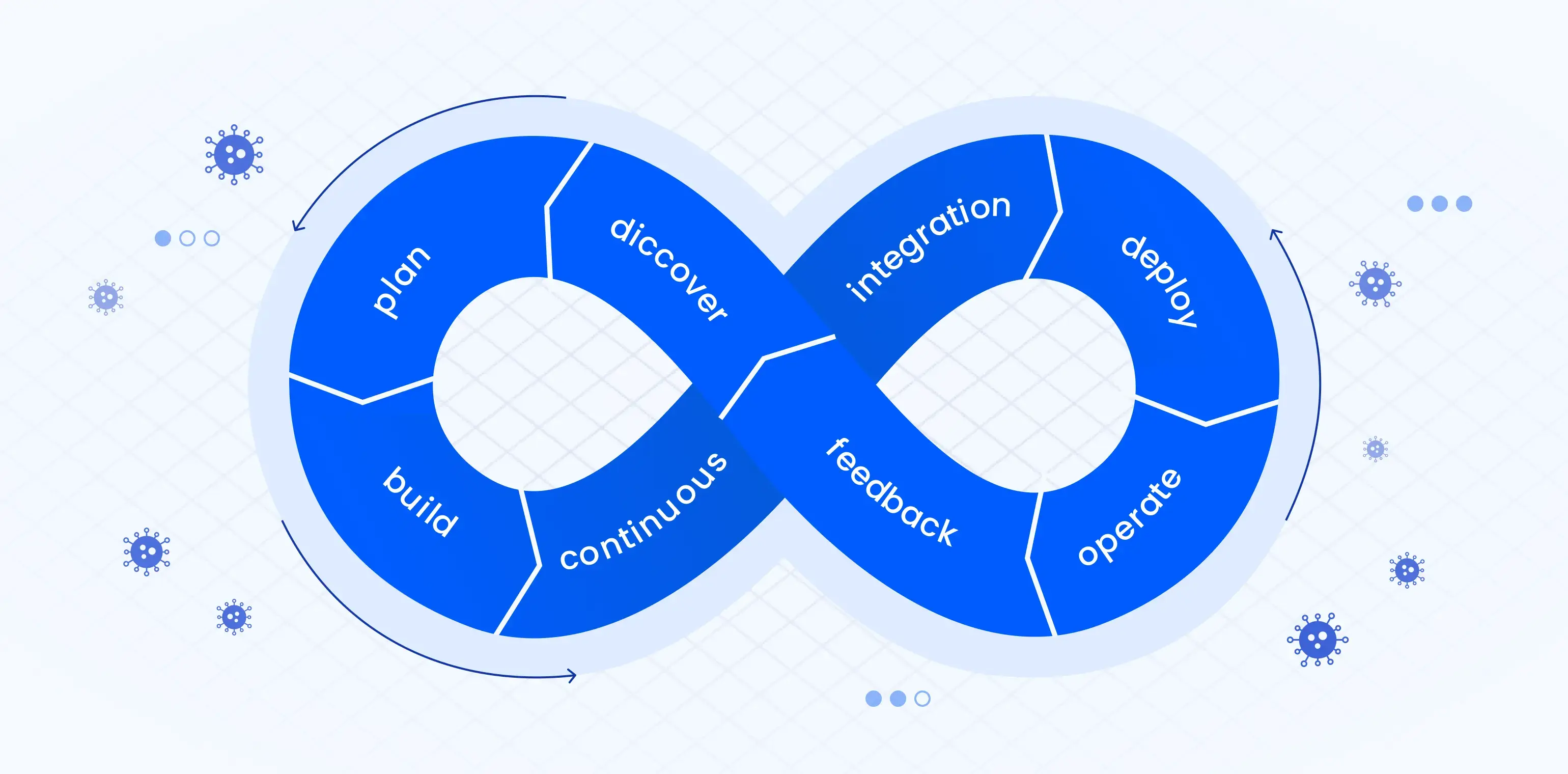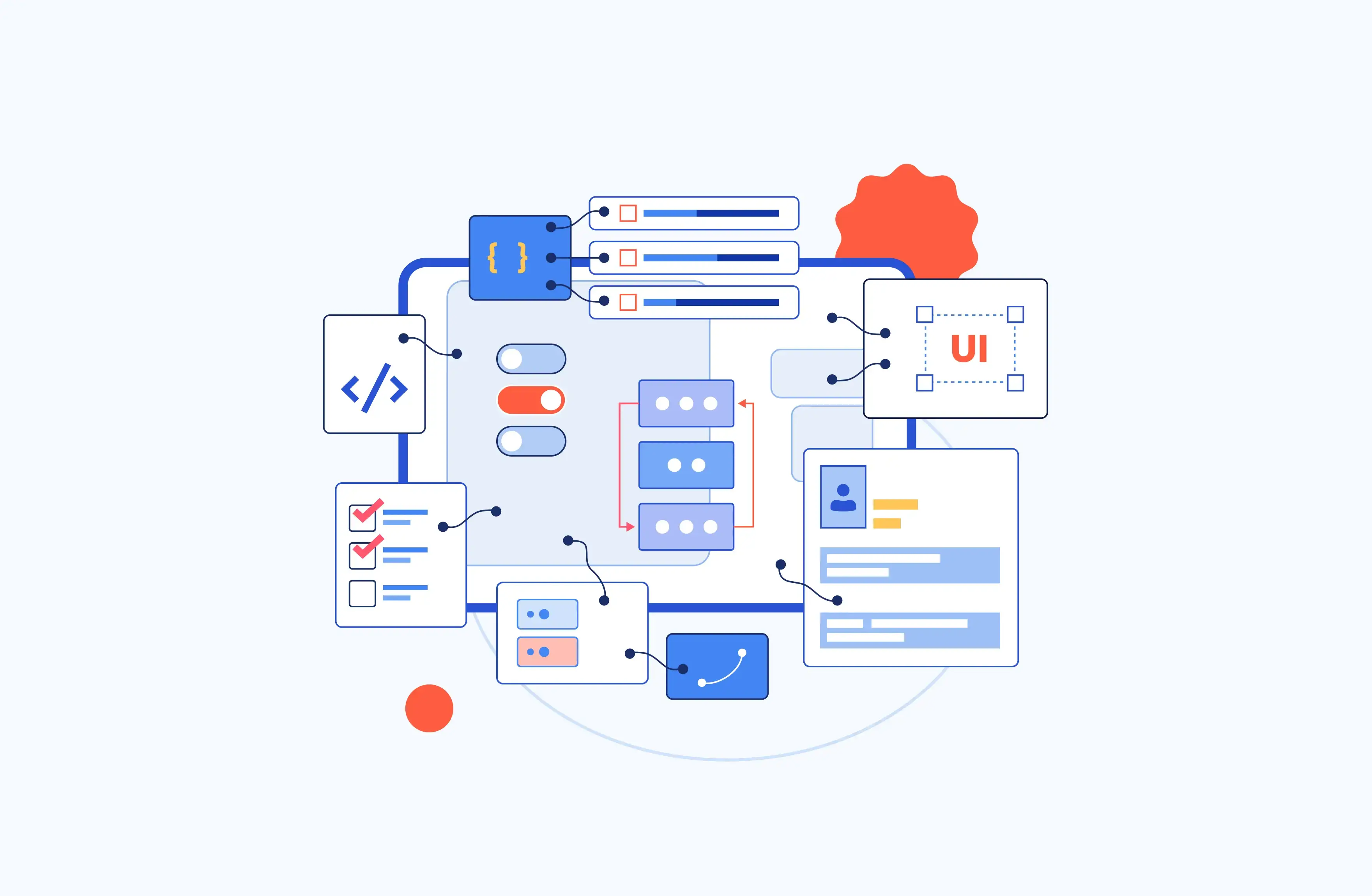10 Challenges of Cloud Testing
A growing number of web and mobile apps creates new trials for QA engineers limiting their capabilities to local facilities. This problem can be solved with cloud-based testing, which means renting the necessary infrastructure from cloud providers. Let’s see in more details what challenges you may face if you choose this path.
Difference between cloud and on-premise software testing
On-premise testing means checking software on equipment owned by the dev organization. It means the company itself buys, maintains, and updates the tech base to develop and examine its apps in real-world conditions.
On the contrary, cloud testing is done on third-party facilities and is applied to SaaS, PaaS, and IaaS products. However, it is not necessary to move all the tasks in the cloud. The company can choose to what extent it wants to get off the ground and which cloud testing services to use.
The main differences to consider when choosing between in-house and cloud test environment are as follows:
Scalability. If you need extra resources, the on-premise infrastructure won’t be easy to scale. You will have to spend a lot and wait until everything is set up. In the cloud, things are much easier. You pay as you go and get the needed tools immediately.
Maintenance. Buying new equipment is only half the battle. Next, you have to run regular checks and keep the tech base updated. You need to hire at least one technical specialist or a separate team to do this work. Yet, if you rent third-party tools, you get rid of such a headache and shift the maintenance works onto the external third-party team’s shoulders.
Mobility. The local test environment binds the QA engineers to the office place and hours. Cloud testers, by contrast, can work anytime, anywhere. They do not have to be in the same room, which is especially valuable during the Covid-19 pandemic.
Types of cloud testing

Here are the main types of cloud QA testing you can perform:
Stress
Stress testing helps determine how an app will work under loads that go far beyond the planned level. Testers use special simulators imitating extreme loads to implement it. In local conditions, such operations are rather costly, whereas, in the cloud, you can get a more affordable alternative.
Load
Load testing implies generating dense user traffic and evaluating the app’s response. Testers also need to set up the app performance to meet particular standards depending on the focus area. Many providers offer various tools for this purpose.
Performance
This testing type identifies weak places in the app performance while QA checks the app under a particular workload. They use cloud testing tools to create necessary conditions and change traffic patterns upon demand. As a result, cloud testers quickly simulate any number of users with different geotags and get relevant results with no extra costs.
Functional
Functional testing is about making sure all app features work as they should. Depending on the product’s nature, you can choose specific tools to scan the overall app functionality.
Compatibility
Compatibility testing checks whether an app can run on diverse hardware, operating systems, networks, and mobile devices. It also tests compatibility with other software and devices, for example, the ones connected via USB port.
Latency
Latency testing measures the time between the action and response in the app. After migrating to the cloud, make sure the latency period does not increase compared to when the app was running on-premises.
Challenges in cloud testing
Testers often face challenges in a third-party environment. Here are some of them:
1. Security gaps
Organizations may have concerns about cloud software testing because they care about private data security in the cloud. Whatever reputation the provider has, they cannot give you a 100% guarantee there won’t be data leaks or cyber-attacks like it happened with many world-known names.
2. Unpredictable costs
Cloud computing tools are more cost-effective than local infrastructure. But you may need more and more resources as your business grows, so the final price is difficult to predict.
3. Regulatory compliance
Moving to the remote infrastructure does not free from mandatory regulations like HIPAA for medical software or PCI-DSS for online payment apps. Therefore, when choosing a provider, you need to make sure they can offer you appropriate services.
4. Third-party dependence
Cloud software testing takes place in an external environment. So, if the provider experiences downtime, it directly affects your app. Of course, this can happen on local equipment too. But in the case of the cloud outage, you will not be able to influence the situation in any way.
5. Tight deadlines
SaaS testing should take into account that cloud products are frequently updated and extended with new features. For this reason, Cloud QA engineers usually have less time to check new functionality and have to meet tight deadlines.
6. Complex migration
Migration from local data centers to the cloud or from one cloud to another is a huge challenge, implying a complete recheck of the app infrastructure and updating cloud testing strategy.
7. Live upgrades
When testing cloud applications, testers often face new features being rolled out on the fly without system downtime. The primary task here is to make sure such changes do not harm existing users.
8. Third-party interface
Cloud testers work with a third-party provider interface. If any changes or renovations in the test cloud are made, the QA team has to readapt to the system’s new look and feel.
9. Access rights restrictions
Granting access rights to many people may be challenging, as providers often charge a fee per user. You may also face the problem of inflexible configuration when it’s hard to adjust certain access rights for a given role.
10. Variety of cloud testing services
Effective testing requires practical tools. Today, there are a lot of them, so the question of choice is a challenge itself. To automate testing in the cloud, you can use AWS app testing services, Azure QA tools, Selenium framework, etc. You will have to take the time to decide what suits you best.
How can you outsource cloud testing services?
Developing and testing cloud applications requires specific knowledge and experience. If you do not want to bother with recruitment and maintaining an internal team, you can opt for outsourcing. This move will save you a lot of time and effort. Besides, you will get the desired result within the time frame specified in the contract. To outsource SaaS testing, it is important to read provider’s feedback and specify all the details during live consultation. A dedicated team will take care of the preparation and implementation of cloud testing services as per your needs.













